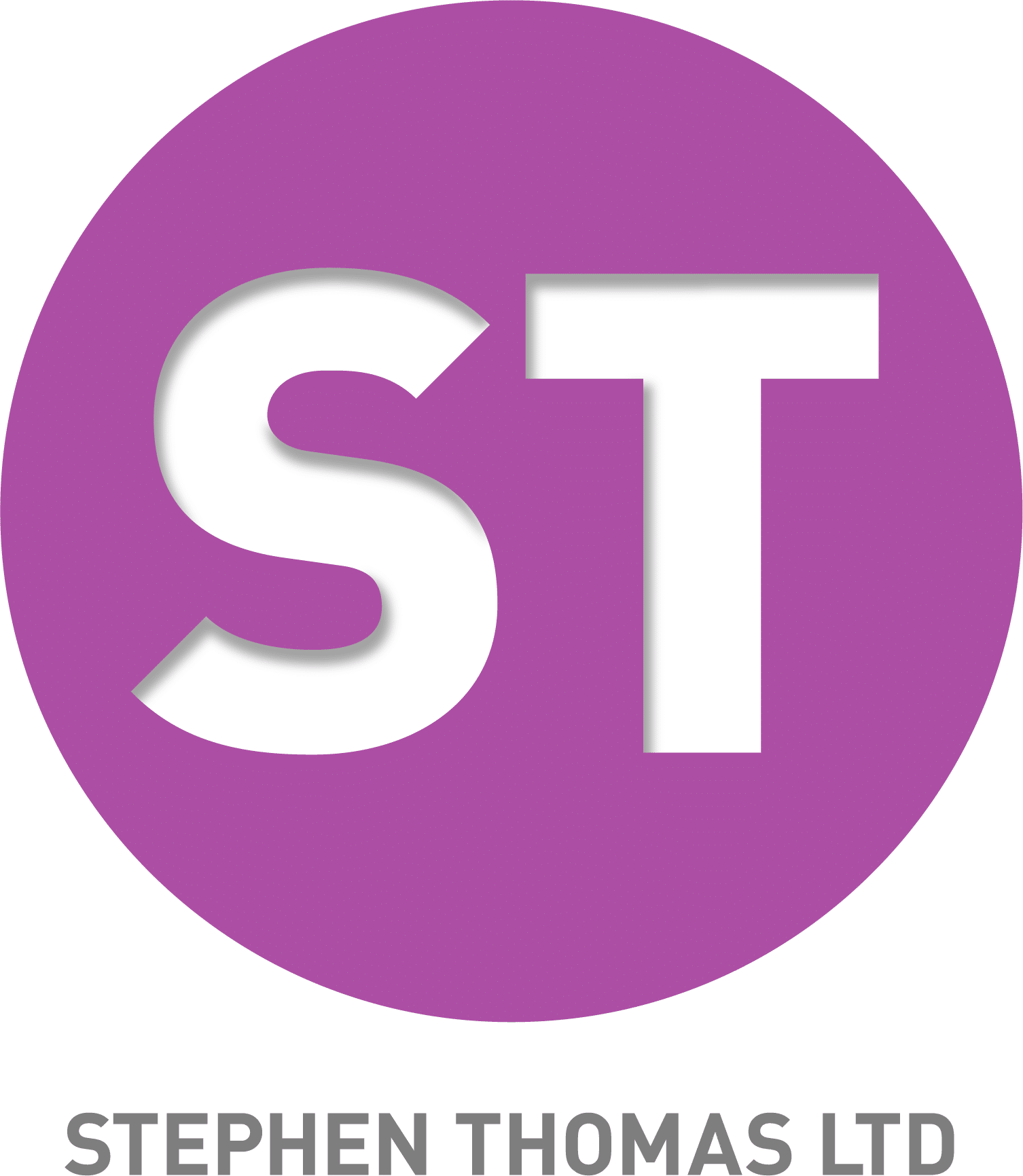Why donor acquisition is like going to the gym
Introduction
Donor acquisition is a lot like building a healthy lifestyle, by going to the gym or practicing your favourite workout in groups or at home, establishing a healthy food diet with balanced nutrition and engaging in activities like yoga, journaling or meditation to maintain a strong mental health.
Each requires discipline, consistency, and a long-term mindset—quick wins are rare, but the compounding effect of small, steady actions creates transformational results.
Ultimately, success in all these areas comes from discipline, not intensity. A single workout, salad, or meditation session won’t change your life—just as one acquisition campaign won’t secure your future. But consistent effort, guided by purpose, leads to lasting transformation.
The challenge
The nonprofit sector frequently operates under tight budgets and unpredictable revenue streams. Economic downturns, policy changes, Canada Post strikes, political uncertainty, leadership changes or crises like the COVID-19 pandemic can cause sudden funding gaps. To keep programs running and staff employed, organizations prioritize quick wins such as events, annual appeals, or emergency campaigns. This survival mindset often overshadows investments in long-term strategies like acquisition, planned giving or endowment building.
Another component to consider is that boards and major donors often expect visible, short-term results. This creates pressure to demonstrate impact quickly, even when systemic change requires years of sustained effort. As a result, nonprofits may focus on metrics that show immediate progress rather than those that reflect deeper, long-term outcomes.
The impact: case study
A few years back, pre-COVID, I attended the DMA Conference in Chicago, and an interesting case study was presented. An established not-for-profit organization in the United States had a strong fundraising program, long-term relationships with partners and a strong brand recognition, and as such, there was less scrutiny on expenses due to the positive annual cash flow and recent successes.
Unfortunately, a recession happened and hit the whole sector. To counter the fluctuation in revenue, the organization decided to pursue drastic measures, including:
-
Cutting investment in acquisitions to help increase net revenue (in the short term)
- The average investment of $3.5 million was reduced to $1.7 million in year 1, and to $1 million in year 2, helping bridge the gap from a net revenue perspective
- Restructuring several teams and attempting new program revenue channels with investment dollars redirected (leading to limited results)
- Staffing cut back, so fewer people were able to conduct proper in-depth program oversight
The challenge is that afterwards, the new donor file shrank by 61% in 5 years, going from just under 60K to just above 20K, impacting the overall donor file size and most channels: telemarketing, major donors, planned giving, etc. The net revenue projection was a drastic decrease year after year, so a change had to happen.
The good news is that this organization learned from their past, and shifted its priorities to:
- Reinvesting in an acquisition to stabilize the file
- Focusing on donor value and file health instead of creative and brand
- Implementing program consistency and changes were tested
- Creating long-term vision for programs
Today
To avoid other organizations from going through the same hurdles, they created this case study and shared it at DMA conference pre-COVID. Unfortunately, many organizations in Canada are currently going through the exact same motion as a result of the uncertain economic times: cutting profitable fundraising programs, reducing acquisitions, focusing on short-term goals, prioritizing brand and creative while ignoring the messages from the data.
It is important to keep this case study in mind, as it took several years for this organization to recover from those decisions.
Donor acquisition is a lot like building a healthy lifestyle. Ultimately, it requires discipline, consistency, and a long-term mindset—quick wins are rare, but the compounding effect of small, steady actions creates transformational results.
Happy fundraising and stay strong!
